The Contract for Rubber Expansion Joints for the Wuhan University of Geosciences Cooling Water System
The official website of Shanghai Songjiang Vibration Absorber Co.,Ltd.presents the contract information for the Wuhan University of Geosciences Cooling Water System Testing Project involving rubber expansion joints. Songjiang Group supplies high-quality rubber expansion joints, stainless steel 304 flanges, and natural rubber for many university laboratory systems, ensuring product quality. The following is an introduction to the contract information for the rubber expansion joints in the Wuhan University of Geosciences Cooling Water System Testing Project.
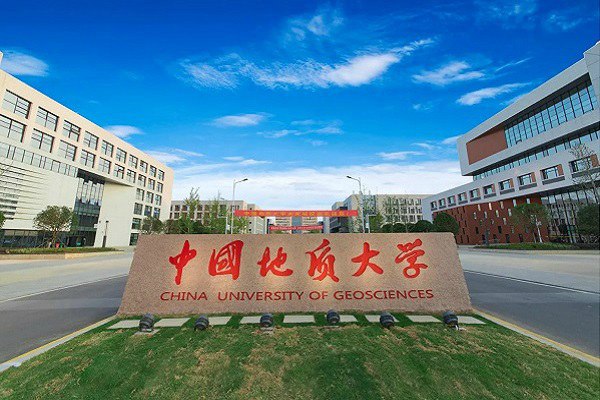
1. Introduction to China University of Geosciences (Wuhan):
China University of Geosciences (Wuhan), abbreviated as CUG, is located in Wuhan and is a key national university under the direct administration of the Ministry of Education of the People’s Republic of China. It is a “Double First-Class” university and part of the “211 Project” and “985 Project” with superior discipline innovation platforms. It is one of the universities approved to establish graduate schools and is included in the “111 Plan,” the Ministry of Education’s “Excellence Engineer Education and Training Plan,” the national project for high-level university development with public funding for graduate studies abroad, and the Chinese Government Scholarship for International Students. It is also a founding member of the High-level Industry-Specific University Quality Resource Sharing Alliance, the International University Consortium in Earth Science, the Planetary Science Alliance of Chinese Universities, and the “Seven Schools United Consortium.”
China University of Geosciences was founded in 1952. Its predecessor was the Beijing Institute of Geology, formed by merging the geology and engineering departments of Peking University, Tsinghua University, Tianjin University, and Tangshan Railway College. In 1960, it was designated as a national key university. During the Cultural Revolution, it was relocated. In 1975, it moved to Wuhan and was renamed Wuhan Institute of Geology. In 1987, the State Education Commission approved the renaming of Wuhan Institute of Geology to China University of Geosciences, with campuses in Wuhan and Beijing, and its headquarters in Wuhan. In 2000, it became a university directly under the Ministry of Education. In March 2005, the university’s headquarters were dissolved, and the Wuhan and Beijing campuses became independent. In 2006, the Ministry of Education and the former Ministry of Land and Resources signed an agreement to jointly build China University of Geosciences. As of December 2021, the university has two campuses, Nanwangshan and Future City, covering a total area of 1,474,353 square meters, with building space totaling 1,385,752.04 square meters. It has 23 colleges, 69 undergraduate programs, 3,369 faculty and staff, and 31,040 full-time students. It offers 16 first-level discipline doctoral programs, 34 first-level discipline master’s programs, and 15 postdoctoral research stations, with 10 professional degree-granting rights.
2. Scanned copy of the contract for rubber expansion joints for the Wuhan University of Geosciences Cooling Water System Testing Project:
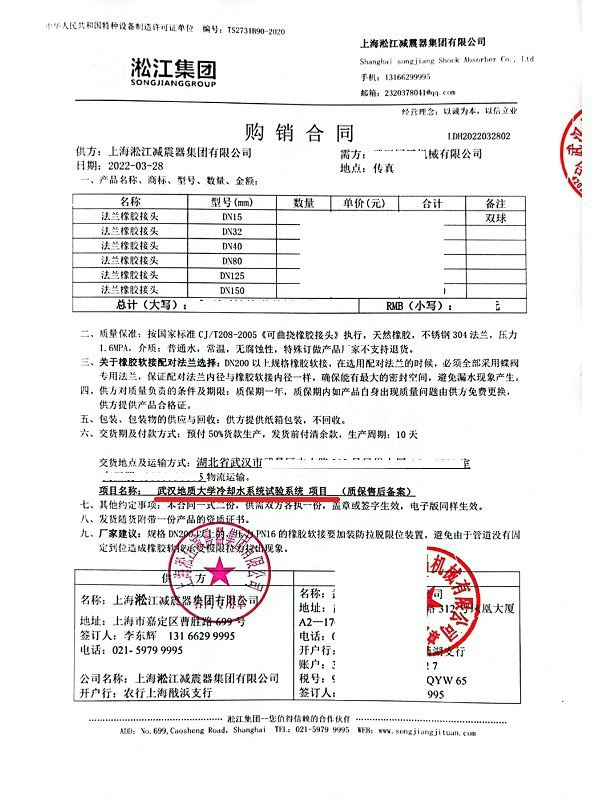
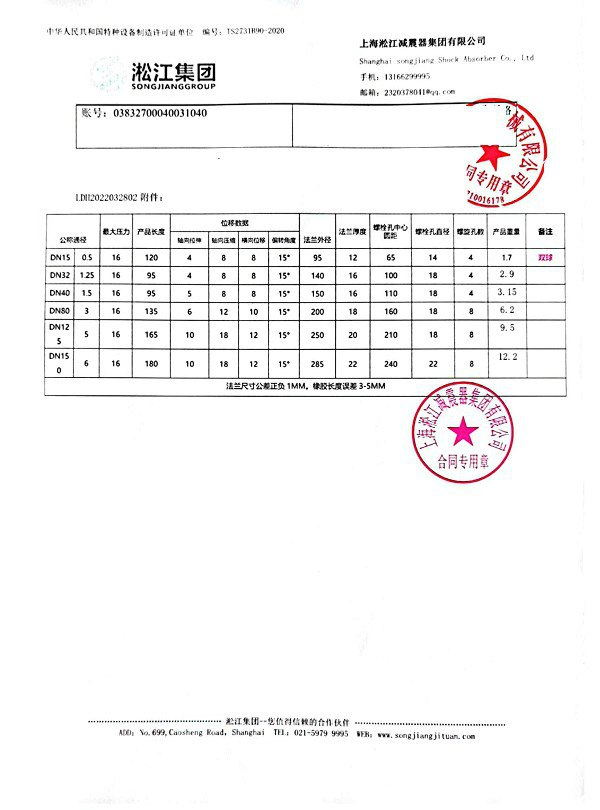
3. Delivery Image of Rubber Expansion Joints for the Wuhan University of Geosciences Cooling Water System Testing Project:
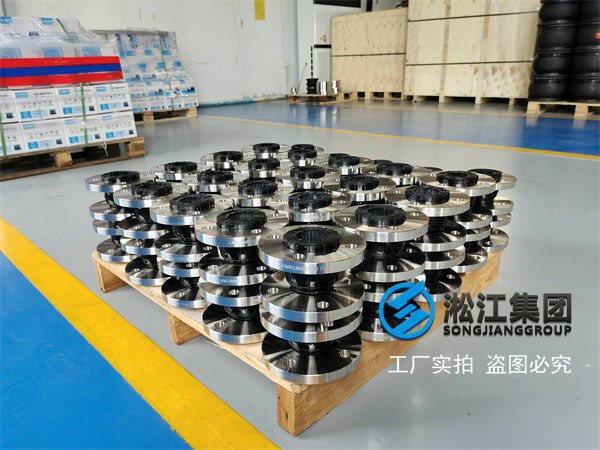
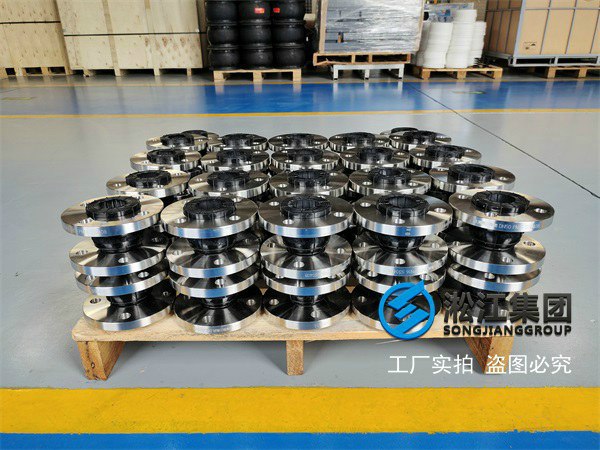
4.Shanghai Songjiang Vibration Absorber Co.,Ltd. Introduction:



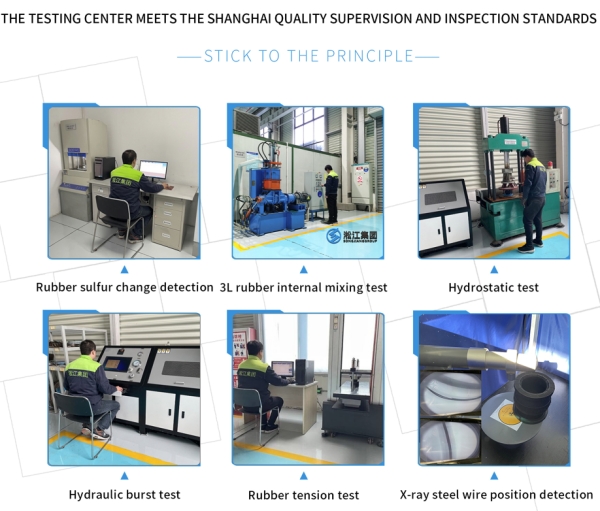
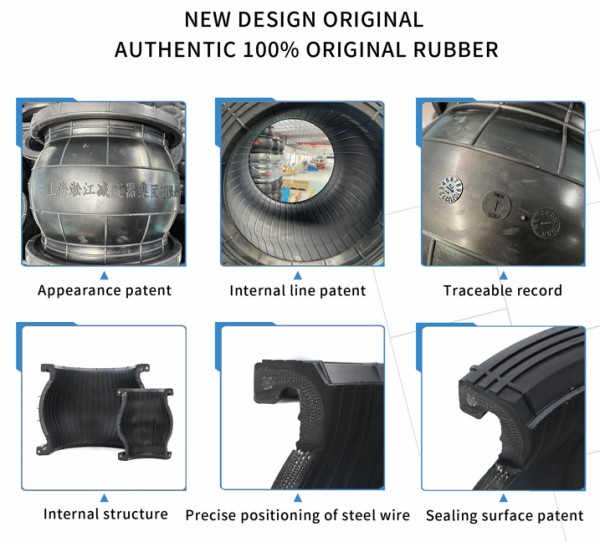

Related Product Link: [304] DN150 Drinking Water Grade Rubber Expansion Joint










